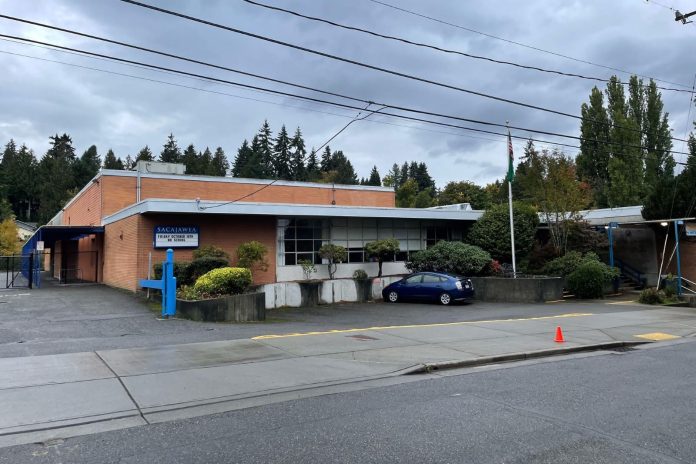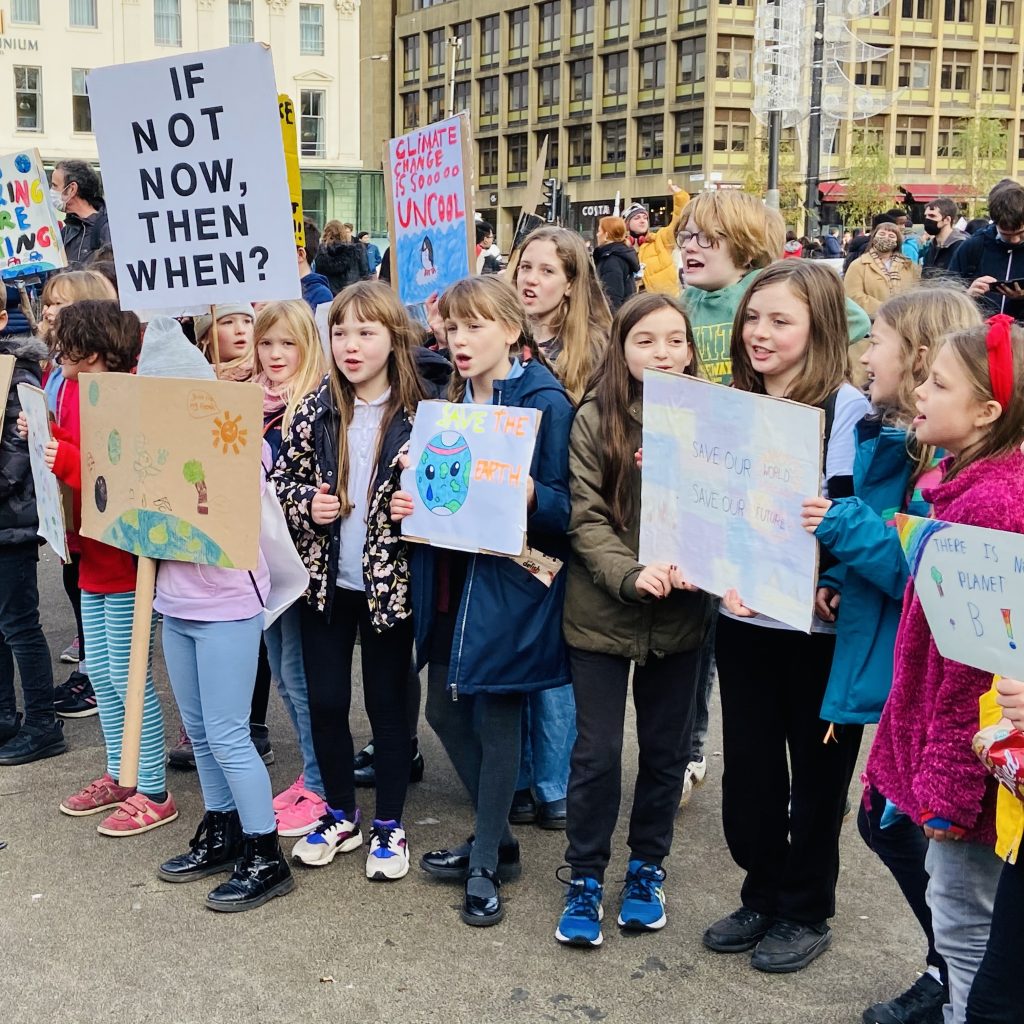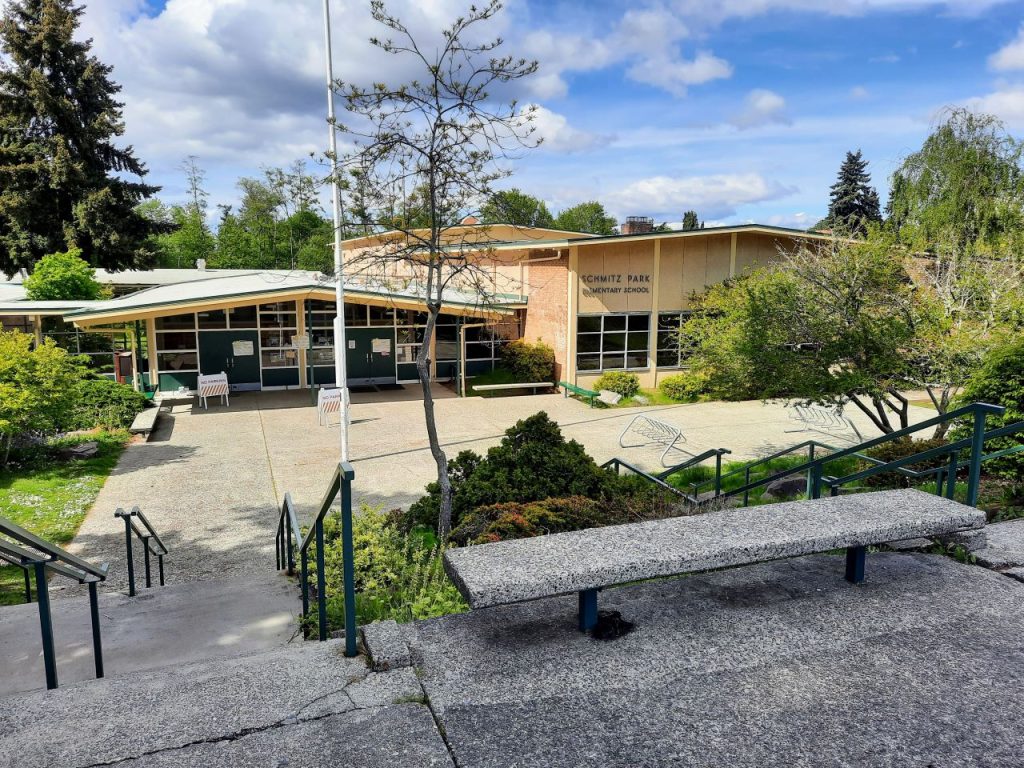
Faced with an ongoing refusal by the state legislature to properly fund public education, Seattle Public Schools have responded by proposing an unprecedented plan to make major and lasting cuts. The result will be fewer schools, larger class sizes, and less programs. In turn, this will lead to Seattle students having fewer educational opportunities than their peers in other districts or private schools and make it harder to convince families to live in Seattle.
Although some cuts have already been adopted for the current school year, school closures and program cuts would hit hardest in the 2024-25 school year under plans recently unveiled by district administrators. These cuts would then be locked into place under the terms of a new fiscal policy introduced at this week’s board meeting.
The devastating impacts of these cuts on Seattle as a whole cannot be understated. Students currently enrolled in Seattle Public Schools would certainly experience a significant degradation of their education. These cuts would also harm the wider community and make it harder to pay teachers and staff what they deserve. These proposals would make it much more difficult for Seattle to attract and retain families, undermining Seattle’s efforts to add density and population and potentially fueling further sprawl and inequality.
Cuts for 2024-25
At a work session on September 20, district administrators unveiled their initial plans to address a $105 million budget deficit facing Seattle Public Schools — and emphasized that these plans would be “painful.”
These cuts would take place in addition to $100 million of cuts the district made for the 2023-24 school year, cuts that have already had a major impact on the classroom.
While specific cuts for 2024-25 will not be proposed until after the November election, the district has acknowledged that they plan to close dozens of public schools — despite the fact that doing so will not solve the district’s financial woes. Superintendent Brent Jones told the Seattle Times in August that “consolidating schools won’t fix the district’s budget problems” and that “district administrators have projected closing schools could save $20 million, but that’s a rough estimate. The savings from school consolidations may not be immediate and won’t come until two to five years later.”
Nevertheless, SPS administrators made it clear at the September 20th work session that they intend to proceed with school closures. SPS recently hired Art Jarvis to help with financial planning, after Jarvis closed three schools in Bellevue earlier this year while serving as that district’s interim superintendent. Jarvis explained to board members his view that the district must close schools, including “smaller” schools.
SPS’s view is that it is too expensive to maintain schools whose enrollment has fallen below 400, despite their acknowledgement that closures would not solve the district’s budget woes for 2024-25. 400 students is the state’s standard in the prototypical school model used to assign funding to public schools. As of September 2023, 53 of Seattle’s K-5 and K-8 schools had enrollment below 400. The idea that dozens of neighborhood schools should close due to reduced enrollment is rooted in an austerity mindset that suggests closing schools is preferable to taxing wealth to keep them open.
At the district’s recent “well-resourced schools” public meetings, having a neighborhood school nearby was frequently cited by attendees as a priority. Smaller schools also have significant benefits for students. Christie Robertson, a recent candidate for the school board, explained on a recent episode of the Seattle Hall Pass podcast that smaller schools often confer significant benefits to students, especially neurodivergent students, such as greater attention to specific needs from teachers and administrators.
No single cause has been identified to explain recent declines in enrollment in Seattle Public Schools. The drops have been precipitous, but it’s unclear how long they will last. When SPS last closed schools in the late 2000s, enrollment quickly recovered and the district had to reopen schools a few years later. That might be harder this time. If SPS chooses to rent or sell a closed school, state law mandates that charter schools have the right of first refusal to lease or buy that building.
Research has demonstrated that closing schools has a significantly negative impact on students. In 2013 Chicago Mayor Rahm Emanuel closed about 50 public schools across the city. Data shows that students whose schools were closed had worse educational outcomes than students whose schools remained open.
Of course, if schools do close, thousands of families with young children will have a longer journey from their home to their new school. It is likely that most of these families will choose to drive. The result would be to undermine Seattle’s transportation, climate, and traffic safety goals. Seattle should seek to have fewer kids driving to and from school, and having a neighborhood school is an obvious way to achieve that outcome.

Even if SPS proceeds with plans to close schools, they will still have as much as $80 million to cut from the budget. Despite what SPS administrators promise, the result of closures won’t be that the remaining schools have more resources, smaller class sizes, and more programs. Those remaining schools will still see further and deeper cuts. Class sizes will grow even larger, more programs will be eliminated, and students will bear the consequences of these cuts.
Proposed fiscal policy ensures lasting austerity
As brutal as these cuts for 2024-25 will be, the school board is considering adopting a fiscal policy that will lock these cuts into place for years to come. The draft policy, described as “revolutionary” by boardmember Leslie Harris, will be unveiled to the public at the board meeting on October 11. The policy would receive final approval by the board on November 15.
The fiscal policy is one that envisions lasting austerity. One of the main mechanisms by which it achieves this is by adopting a four-year budget plan. As the policy would become operational ahead of the 2024-25 school year, it would use as its baseline a budget that reflects two years’ worth of cuts totaling roughly $200 million.
Other items in the proposed fiscal policy would allow for new spending above the four-year budget to be adopted, but only under narrow conditions. One of these would be if a sustainable budget surplus exists. Nothing in the proposal guarantees programs or classes that were cut would be restored with any new funds. If state legislators do come through with additional funding for public schools, this fiscal policy would make it difficult to reverse the budget cuts or school closures.
Item 8 of the policy suggests that school closures and boundary changes would become a regular part of life at Seattle schools.
The proposed fiscal policy also seeks to undermine future collective bargaining as well as reverse the gains won by educators in the 2022 strike. Items 9 and 10 would limit the district’s ability to agree to compensation changes and suggest that budget cuts might be necessary as a result of collective bargaining, implying that fairly compensating workers somehow comes at the expense of other student needs.
Item 6, intended to make contracts with minimum staffing ratios more difficult to approve, refers to Seattle Education Association’s (SEA’s) successful demand during the 2022 strike for minimum staffing ratios, particularly in special education. SPS leaders strongly opposed that demand, with boardmember, Liza Rankin, going so far as to call it racist. Minimum staffing demands have become central to recent labor activism around the country and across various workplaces. The Writers Guild of America won minimum staffing ratios in their recent strike against Hollywood studios, and nurses routinely strike for minimum staffing ratios to protect patient care.
Taken together, these elements of the proposed policy would significantly limit the district’s ability to negotiate flexibly with its labor partners, particularly SEA. It seems certain to provoke more strikes or lead to labor contracts that do not adequately pay educators and other school staff to live and work in an expensive city.
SPS’s proposed approach strongly resembles the call for austerity at the city level laid out by the Seattle Chamber of Commerce and the Downtown Seattle Association in a recent Seattle Times op-ed. In that piece, the authors urged Seattle to “get spending under control by reducing or eliminating services that do not meet measurable outcomes” and “prioritize existing revenues to meet the city’s highest priorities” rather than seek higher taxes on the rich and on big corporations.
Similarly, the district would slash services and prioritize spending based on “student outcomes,” rather than seek sufficient revenue either from the state or from local levies that would prevent cuts and offer the “ample provision for the education of all children” that is required by the Washington State constitution.
Of course, a key difference between the City and the school district is that the district has many fewer tools at its disposal to raise its own revenue. That brings us to the underlying cause of Seattle Public Schools’ budget woes: the state legislature.
The legislature is to blame
Seattle is not the only school district facing a fiscal crisis. More than 50 school districts had to make budget cuts for the current school year. A record number of school districts are now receiving fiscal oversight from the Office of the Superintendent of Public Instruction (OSPI).
These budget woes stem from the legislature’s refusal to properly fund our public schools and avert these cuts. Forced to comply with the Supreme Court’s McCleary decision, the State adopted an education funding plan in 2017 that nonetheless ultimately left many school districts with insufficient funding to provide a basic education to their students. Just a few weeks after the legislature adopted that plan, Seattle Public Schools warned that the plan would underfund special education, multi-language learners, and teacher salaries. This has come to pass.

The impact of the state’s education funding plan was masked in recent years by several rounds of federal stimulus funds approved by Congress during the pandemic. State legislators did not maintain their own levels of funding for public schools, slashing and then eliminating money designed to make up for lost enrollment during the pandemic. As a result, state funding for public schools began to decline when adjusted for inflation. No wonder districts across the state are facing a spiraling financial crisis.
Despite these failures, there is new cause for optimism in Olympia. Many of the Democrats who have opposed additional funding for public schools have left the legislature or are on their way out. Christine Rolfes, who refused to bring up the wealth tax for a vote when she chaired the Senate Ways and Means Committee, recently left the legislature to serve as a Kitsap County Commissioner. Last month, Senate Democrats chose Sen. June Robinson to replace her as chair of Senate Ways and Means, and chose Sen. Joe Nguyen as the committee’s vice-chair. Both Robinson and Nguyen are strong supporters of taxing the rich. Robinson was the prime sponsor of the capital gains tax, and Nguyen has proposed several wealth taxes during his time in the Senate. Both cosponsored the wealth tax bill.
Other longtime obstacles to obtaining more educational funding have already left the legislature, such as Steve Hobbs, or are on their way out, like Mark Mullet.
In short, SPS’s embrace of austerity is not only damaging, it is also premature. If SPS instead embraces lasting austerity, it will not only harm current students. Long-term austerity policies would also create a disincentive for families to move to Seattle, precisely at the moment when the legislature has adopted new state laws to encourage more “missing middle” housing to be built in cities.
Given the negative impact of cuts and closures on Seattle’s students alone, SPS should abandon these plans and instead double down on urging legislators to properly fund our existing public schools.

Robert Cruickshank
Robert is the Director of Digital Strategy at California YIMBY and Chair of Sierra Club Seattle. A long time communications and political strategist, he was Senior Communications Advisor to Seattle Mayor Mike McGinn from 2011-2013.
